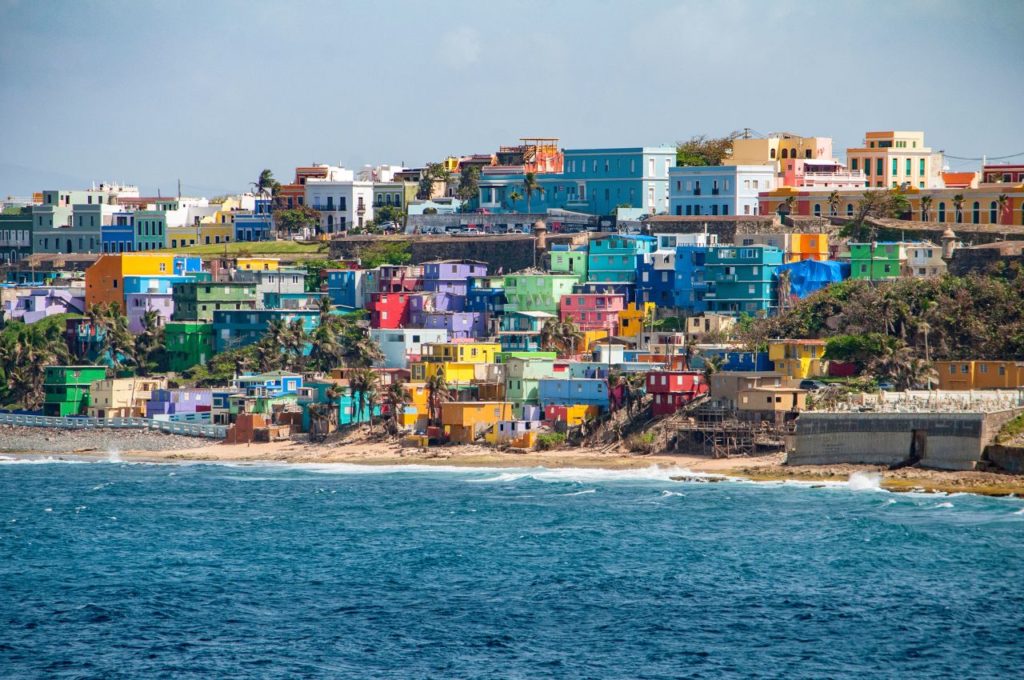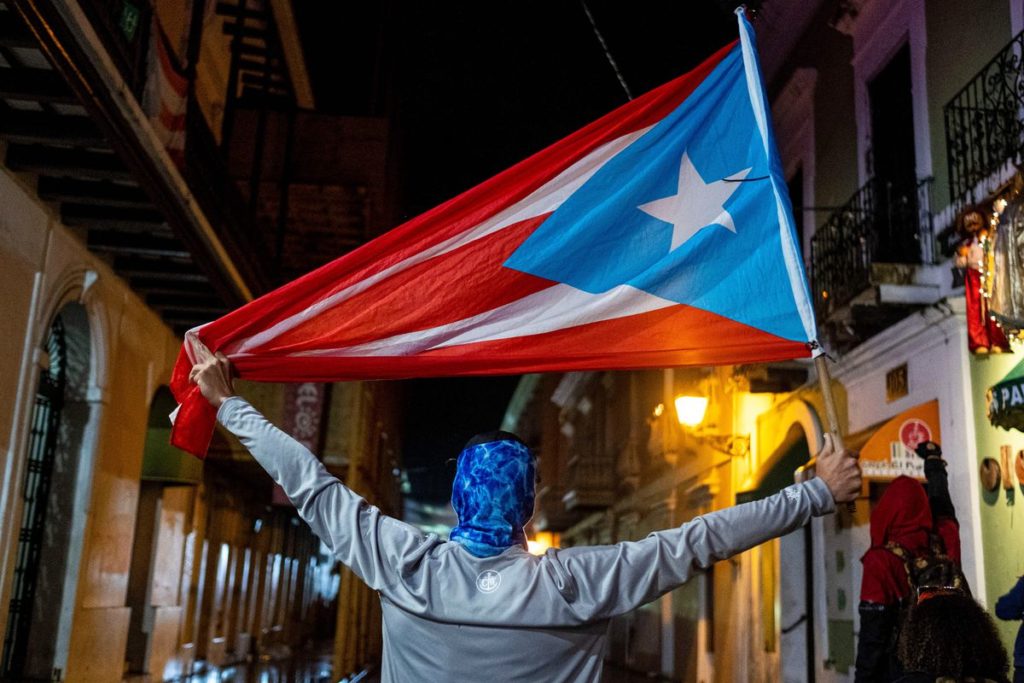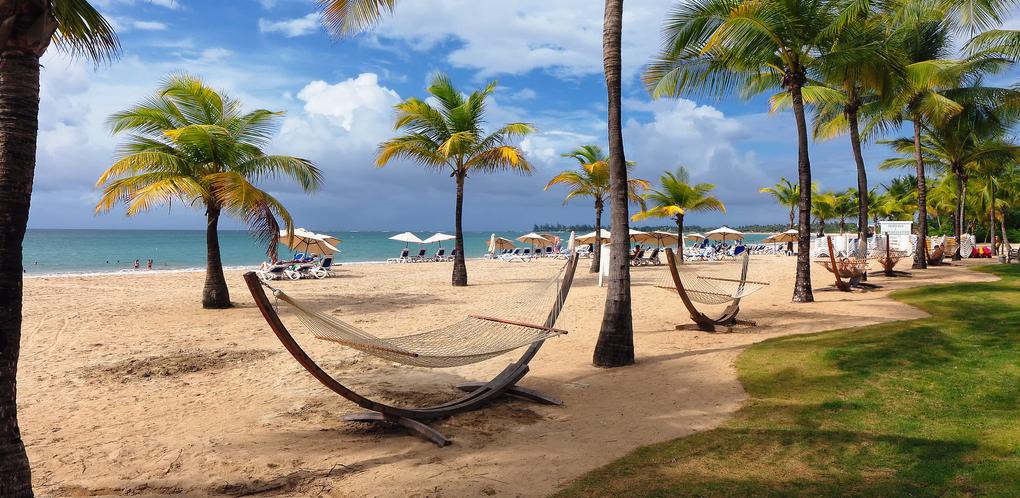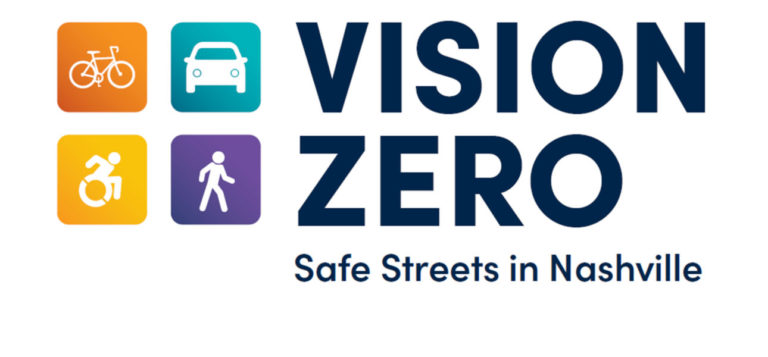The Future of Puerto Rico's Tourism Industry: Looking Ahead to 2023
- March 17, 2023

The pandemic may have presented its challenges, but with the dawn of 2023, we’re already seeing a promising recovery for Puerto Rico’s tourism industry that’s set to skyrocket in the coming months.
Puerto Rico is a breathtaking Caribbean island with an abundance of natural beauty, cultural richness, and a unique history. Over the years, it has emerged as a top travel destination for visitors seeking an authentic, sustainable, and memorable travel experience. The government, communities, and tourism stakeholders have been taking a holistic approach to tourism development to preserve the natural habitat, promote eco-tourism initiatives, improve public safety and security, and strategically invest in tourism infrastructure to pave the way for the industry’s growth.
The qualities that are present in Puerto Rico make it a unique destination that promises to captivate visitors from all over the world. But it’s not just the allure of its stunning beaches and lush greenery that’s driving tourism growth in Puerto Rico.
Sustainability is a top priority
Puerto Rico’s commitment to sustainability and responsible tourism practices is unparalleled. But there are also some valid concerns about the sustainability of the island’s tourism industry, and these are critical to address. Like any growing industry, there must be a balance in the desire for economic prosperity with environmental and social responsibility.
Here are some of the key concerns:
Environmental Impacts – Puerto Rico’s natural resources, including its beaches, forests, and ecosystems, are essential to the tourism industry. However, increased tourism activity can put a strain on these resources, leading to environmental degradation, loss of biodiversity, and other negative impacts.
Overtourism – Puerto Rico’s tourism industry has seen a significant increase in visitor numbers in recent years, and there are concerns that this could lead to overcrowding, traffic congestion, and a negative impact on local communities.
Seasonal Fluctuations – Puerto Rico’s tourism industry is highly dependent on seasonal fluctuations, with peak seasons occurring during the winter months. This can lead to an uneven distribution of visitors, putting pressure on local businesses and infrastructure during peak periods and leading to low occupancy rates during off-peak seasons.
Economic Dependence – The tourism industry is a vital source of income for Puerto Rico, contributing significantly to the island’s economy. However, this also means that the economy is highly dependent on the industry’s success, making it vulnerable to external factors such as global economic downturns or natural disasters.
Infrastructure and Resources – Puerto Rico’s tourism industry requires significant infrastructure and resources, including transportation, accommodation, and energy. There are concerns that the island’s infrastructure may not be able to keep up with the demands of the growing tourism industry, leading to issues such as traffic congestion, water shortages, and strain on the electricity grid.
The island has been taking a holistic approach to tourism development that prioritizes the preservation of the island’s natural habitats and promotes eco-tourism initiatives. From sustainable accommodations to eco-tours that showcase the natural beauty of the island, Puerto Rico is leading the way in sustainable tourism. Here are some of the different approaches Puerto Rico is taking:
Protecting Natural Habitats – Puerto Rico’s government is committed to preserving the island’s natural habitats, including its forests, wetlands, and coral reefs. The government has established several protected areas, such as the El Yunque National Forest, the Vieques National Wildlife Refuge, and the Mona Island Nature Reserve, to protect these important habitats.
Promoting Sustainable Tourism – Puerto Rico is actively promoting sustainable tourism practices that minimize the impact of tourism on the environment and local communities. This includes initiatives such as reducing energy and water consumption, promoting waste reduction and recycling, and encouraging responsible tourism practices.
Eco-Tourism – Puerto Rico is promoting eco-tourism initiatives that showcase the island’s natural wonders while preserving them for future generations. This includes activities such as hiking, bird-watching, kayaking, and snorkeling that allow visitors to experience Puerto Rico’s natural beauty and learn about its unique ecosystems.
Sustainable Transportation – Puerto Rico’s government is investing in sustainable transportation infrastructure, such as electric buses, to reduce the carbon footprint of the tourism industry. The government is also promoting sustainable transportation options for visitors, such as bike rentals and public transportation.
Supporting Local Communities – Puerto Rico’s government is committed to supporting local communities and ensuring that they benefit from the tourism industry’s growth. This includes initiatives such as promoting local products and services, encouraging visitors to explore off-the-beaten-path destinations, and supporting community-based tourism initiatives.
However, this will require a collaborative effort from all stakeholders, including the government, tourism operators, and local communities. By implementing responsible tourism practices, promoting sustainable development, and preserving the island’s natural resources, Puerto Rico can ensure that its tourism industry continues to thrive while preserving its unique culture, heritage, and environment.
Investing in the future
Puerto Rico’s government has made strategic investments in tourism infrastructure, amenities, and transportation, such as the expansion of the Luis Muñoz Marín International Airport. The investments have helped improve the overall travel experience for visitors to the island, making Puerto Rico a more attractive destination for travelers. Furthermore, the island’s unique cultural offerings, such as the colorful architecture of Old San Juan and the vibrant music and cuisine, continue to draw visitors.
Safety concerns are being addressed
In recent years, Puerto Rico has taken significant steps to address safety concerns and improve public safety and security for both locals and visitors. The island has faced challenges with crime in certain areas, which has been a cause of concern for those who visit or live on the island.
To address these concerns, the government and local communities have come together to implement several initiatives to improve public safety. One such initiative is the Puerto Rico Tourism Company’s “Safety and Security Program,” which provides resources and training to tourism industry stakeholders to help them identify and mitigate potential safety risks. The program includes training on issues such as crime prevention, emergency response, and crisis management.
In addition to government-led initiatives, there are also community-led efforts to improve public safety. Local neighborhoods have formed watch groups and community patrols, which work closely with law enforcement to prevent crime and improve safety in their communities. These initiatives have been successful in reducing crime rates and improving the perception of safety in many areas of the island.
Puerto Rico has invested in new technology and infrastructure to improve public safety, such as increasing the number of surveillance cameras in public spaces, installing new streetlights in high-crime areas, and implementing a new emergency alert system that provides real-time alerts to residents and visitors in the event of a crisis.
Puerto Rico’s commitment to improving public safety and security is a crucial component of its tourism development strategy. By taking proactive steps to address safety concerns and improve the perception of safety for visitors and locals alike, Puerto Rico can continue to attract visitors and grow its tourism industry while ensuring the safety and well-being of its residents and guests.
Strategic investments and initiatives so far

Tax Incentives – The government of Puerto Rico offers tax incentives to hotel developers and investors to encourage the development of new hotels and resorts. These incentives include a 10-year exemption from property taxes, municipal licenses, and construction taxes.
Tourism Promotion – The government of Puerto Rico has increased its investment in tourism promotion to attract more visitors to the island. The Puerto Rico Tourism Company, a public corporation, is responsible for promoting and marketing Puerto Rico as a tourist destination to the world. The government has also launched several marketing campaigns to showcase Puerto Rico’s unique attractions, such as its natural beauty, cultural heritage, and vibrant community.
Infrastructure Development – Puerto Rico’s government has made significant investments in infrastructure development to improve the island’s transportation systems, including airports, highways, and public transportation. This infrastructure development is crucial in making Puerto Rico more accessible to tourists and improving the overall visitor experience.
Cruise Ship Industry Expansion – Puerto Rico has made significant investments in expanding its cruise ship industry, with plans to develop new ports and terminals that can accommodate larger ships. This expansion is expected to bring more tourists to the island and generate more revenue for the tourism industry.
Sustainability Initiatives – Puerto Rico’s government is taking a holistic approach to tourism development, focusing on sustainability and responsible tourism practices. The government is promoting eco-tourism initiatives that showcase the island’s natural wonders while preserving them for future generations. This approach includes preserving natural habitats, promoting responsible waste management, and encouraging sustainable tourism practices.
Eco-tourism initiatives: Puerto Rico’s tourism industry is paving the way for eco-tourism initiatives that showcase the island’s natural beauty and unique wildlife. From hiking in El Yunque Rainforest to kayaking in the bioluminescent bays, eco-tourism in Puerto Rico offers visitors a unique and memorable experience that highlights the importance of protecting the island’s environment.
Top locations to visit

Puerto Rico has many locations that are popular with tourists, each offering unique experiences and attractions. Here are some of the best locations that have high traffic for tourists in Puerto Rico:
San Juan – The capital city is a must-visit destination with its historic old town, colorful streets, and impressive fortifications.
Rincon – Known for its world-class surfing, Rincon is a laid-back town with beautiful beaches, charming cafes, and relaxed vibes.
Vieques – A small island located off the east coast of Puerto Rico, Vieques is famous for its bioluminescent bay, stunning beaches, and vibrant wildlife.
Culebra – Another small island off the coast of Puerto Rico, Culebra boasts some of the most beautiful beaches in the Caribbean, including Flamenco Beach, often voted one of the best beaches in the world.
Ponce – Located on the southern coast of Puerto Rico, Ponce is a historic city with stunning architecture, museums, and cultural attractions.
El Yunque National Forest – A lush tropical rainforest located in the northeast of Puerto Rico, El Yunque offers hiking trails, waterfalls, and stunning views.
Guanica State Forest – Located on the southwest coast of Puerto Rico, Guanica State Forest is a natural wonderland with mangrove forests, limestone cliffs, and beautiful beaches.
These are just a few of the many locations that are popular with tourists in Puerto Rico. Whether you’re interested in history, culture, nature, or adventure, Puerto Rico has something for everyone.
The future of Tourism in Puerto Rico
Puerto Rico’s tourism industry is poised for great success in 2023, thanks to a combination of factors that are contributing to the island’s growing popularity as a travel destination.
One of the key factors driving the success of Puerto Rico’s tourism industry is the island’s commitment to sustainability and responsible tourism practices. As discussed earlier, Puerto Rico is taking a holistic approach to tourism development that prioritizes the preservation of the island’s natural habitats and promotes eco-tourism initiatives. This approach not only helps to protect Puerto Rico’s unique environment and culture but also appeals to a growing number of travelers who are seeking sustainable and responsible travel options.
Another factor contributing to Puerto Rico’s tourism success is the island’s strategic investments in tourism infrastructure and amenities. In recent years, the government has invested in new hotels, resorts, and attractions, as well as improvements to transportation infrastructure, such as the expansion of the Luis Muñoz Marín International Airport. These investments have helped to improve the overall travel experience for visitors to the island, making Puerto Rico a more attractive destination for travelers.
Additionally, Puerto Rico’s unique culture and history continue to draw visitors to the island. From the colorful architecture of Old San Juan to the vibrant music and cuisine, Puerto Rico offers a rich cultural experience that appeals to travelers looking for an authentic and immersive travel experience.
Puerto Rico’s location in the Caribbean and its status as a U.S. territory make it an attractive destination for American travelers who are seeking a tropical getaway without leaving the country. As travel restrictions ease in the wake of the COVID-19 pandemic, Puerto Rico is well-positioned to benefit from the pent-up demand for travel and the growing interest in domestic travel options.
Puerto Rico’s tourism industry is poised for great success in 2023, thanks to its commitment to sustainability, strategic investments in tourism infrastructure, unique cultural offerings, and advantageous location. As the island continues to prioritize responsible tourism practices and invest in its tourism industry, it is likely to remain a top destination for travelers seeking an authentic, sustainable, and memorable travel experience.
With eco-tourism initiatives that showcase the island’s natural beauty and efforts to address safety concerns, Puerto Rico’s tourism industry is poised for great success in 2023 and beyond.


